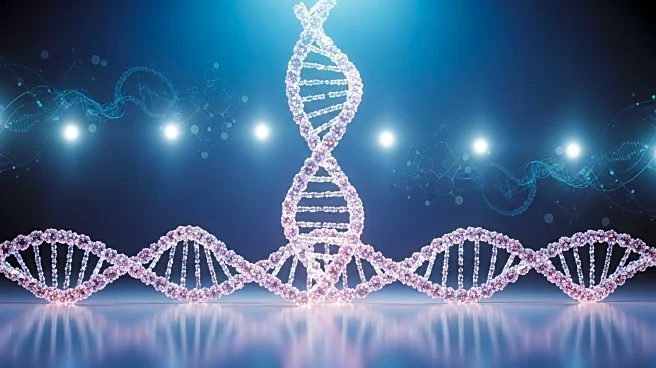What's Happening?
A professor of molecular biogerontology, Joao Pedro de Magalhaes, has suggested that humans could potentially live for 1,000 to 20,000 years with advancements in technology. He believes that eliminating aging at the cellular level, repairing DNA, and reprogramming cells could drastically alter the aging process. His hypothesis is based on the idea that certain genetic programs become detrimental as humans age, and changing these programs could extend lifespans significantly. Magalhaes has focused his research on animals like the bowhead whale and naked mole rat, which exhibit longer lifespans due to better DNA repair mechanisms.
Why It's Important?
The implications of extending human lifespans to such extremes could have profound effects on society, healthcare, and the economy. Longer lifespans would require significant changes in retirement planning, healthcare systems, and population management. It could also lead to ethical debates about the quality of life and resource allocation. Industries related to biotechnology and pharmaceuticals might see increased investment and innovation as they explore ways to implement these theories. However, the feasibility and ethical considerations of such radical life extension remain subjects of debate.
What's Next?
Further research and technological advancements are necessary to explore the possibility of extending human lifespans. Scientists and researchers will likely continue to study the genetic and cellular mechanisms that contribute to aging. The development of new medical interventions and technologies will be crucial in determining whether these theoretical lifespan extensions can be realized. Ethical discussions and policy considerations will also play a significant role in shaping the future of life extension technologies.
Beyond the Headlines
The concept of radically extending human lifespans raises questions about the societal and cultural impacts of such changes. It challenges traditional views on aging and mortality, potentially altering family structures, career paths, and social dynamics. The pursuit of extreme longevity may also lead to disparities in access to life-extending technologies, prompting discussions on equity and justice.











